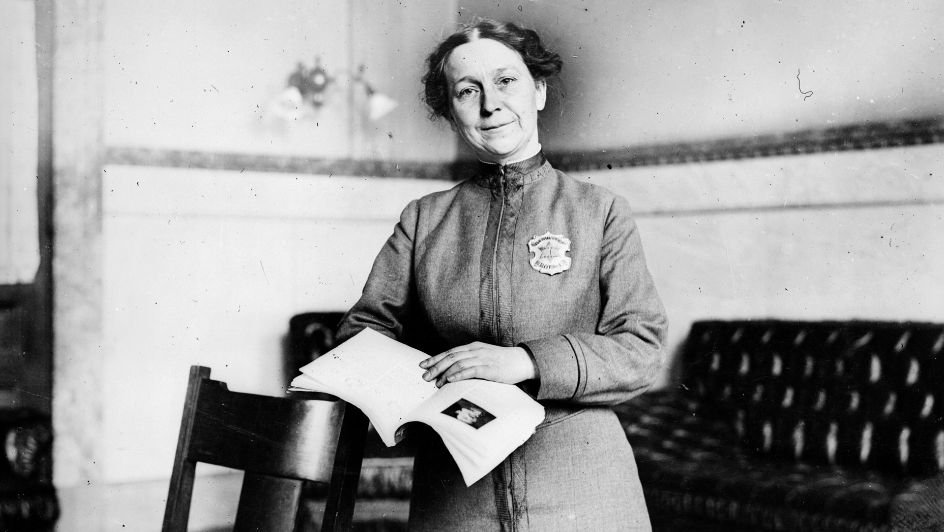#ThrowbackThursday – 12 September

It’s 12 September, and that means it’s time for another edition of Throwback Thursday! Today, we’re taking a look back at three prominent events that went down on this day in history:
1624 – A (Royal) Debut Dive
Approximately 400 years ago, the first submarine was publicly tested – and before royalty!
Per historical reports, Dutch inventor Cornelius Drebbel was employed by England’s King James I and worked for the Royal Navy. During his employment, Drebbel built a submersible vessel constructed from wood and encased in greased leather, which was propelled by oars that protruded through sealed openings.
Apparently, he built several versions of his invention, demonstrating the latest one on 12 September 1624: before James I and a throng of hearty locals, Drebbel guided his vessel below the surface of the River Thames in London.
Reports indicate that the submarine successfully operated at depths of 3.6-to-4.5m beneath the surface, remaining submerged for three hours while journeying from Westminster to Greenwich and returning. Other accounts state that King James I himself was also aboard the submarine during the test dive, although those claims can neither be confirmed nor denied.
All in all, the demonstration proved to be a huge achievement for its time, showcasing not only the ingenuity of Drebbel, but also the potential for underwater exploration and maritime warfare.
1910 – Breaking the Blue Barrier
Women have come a long way in terms of attaining positions in male-dominated fields. In the early days of law enforcement, they could work as matrons, which meant supervising female prisoners – but when it came to actual police officers, it was up to their male counterparts to enforce the law and keep the peace.
In the USA, that all changed on 12 September 1910: this was when Alice Stebbins Wells became the first known woman to be appointed by the Los Angeles Police Department (LAPD) in California as an official police officer!
Hailing from Manhattan, Kansas, Wells – a religious 37-year-old woman who initially served as a minister – petitioned the LAPD for the opportunity to become a police officer. She received much support from the Los Angeles community in her endeavours, resulting in the city government granting her request.
Wells received training and a badge, and – like her male colleagues – had the power to make arrests. Per reports, among her duties were overseeing and enforcing regulations related to “dance halls, skating rinks, penny arcades, theatres and other comparable venues for public recreation.”
She was also involved in “the elimination of inappropriate billboard advertisements, investigations for missing individuals, and the operation of a general information centre for women seeking guidance on issues pertinent to police departments.”
Through Wells’ efforts, more and more women joined the LAPD, becoming involved in aspects of law enforcement such as patrolling and crime investigations. As for Wells herself, she would continue her work until her retirement in 1940.
1940 – From Walk to Wonder
Eighty-four years ago, a mere dog walk turned into an art discovery of a lifetime.
Marcel Ravidat was a young teenager who lived in Montignac, France. On 12 September 1940, he took his dog, Robot, for a walk along the river near his home. Suddenly, Robot fell down a hole in the ground – while attempting to retrieve him, Ravidat discovered that his dog had inadvertently fallen into a cavern.
And it wasn’t an ordinary cavern: it contained a display of prehistoric artwork that would later be known as the Lascaux Caves.
Indeed, the walls of the caves were adorned with over 600 painted murals of animals, as well as thousands of carvings and engravings, all dating back to the Upper Paleolithic period (at least 15 000-17 000 years ago). These depicted various species – including horses, cattle, stags and bison – that served as the fauna in France (and most likely as the prey of the early hunter-gatherers that once occupied the region).
After escaping from the caves with Robot, Ravidat quickly informed his friends: Jacques Marsal, Georges Agnel and Simon Coencas. Together, they explored the depths of the cavern; soon enough, they began charging kids in their neighbourhood admission to see the murals.
In due time, archaeologists and art historians received word of the caves, and they began to investigate the significance of this stunning discovery. After being opened to the public in 1948, the Lascaux Caves quickly became a site of immense archaeological and cultural importance, attracting researchers and tourists from around the globe alike.
In 1963, the caves were closed to the public due to a combination of constant flow of visitors, changes in temperature and humidity, and increasing fungi and mould causing damage to the murals. Fortunately, numerous replicas of the caves have been made so that visitors can still experience the art without damaging the original site.
Image Credit: Source




















